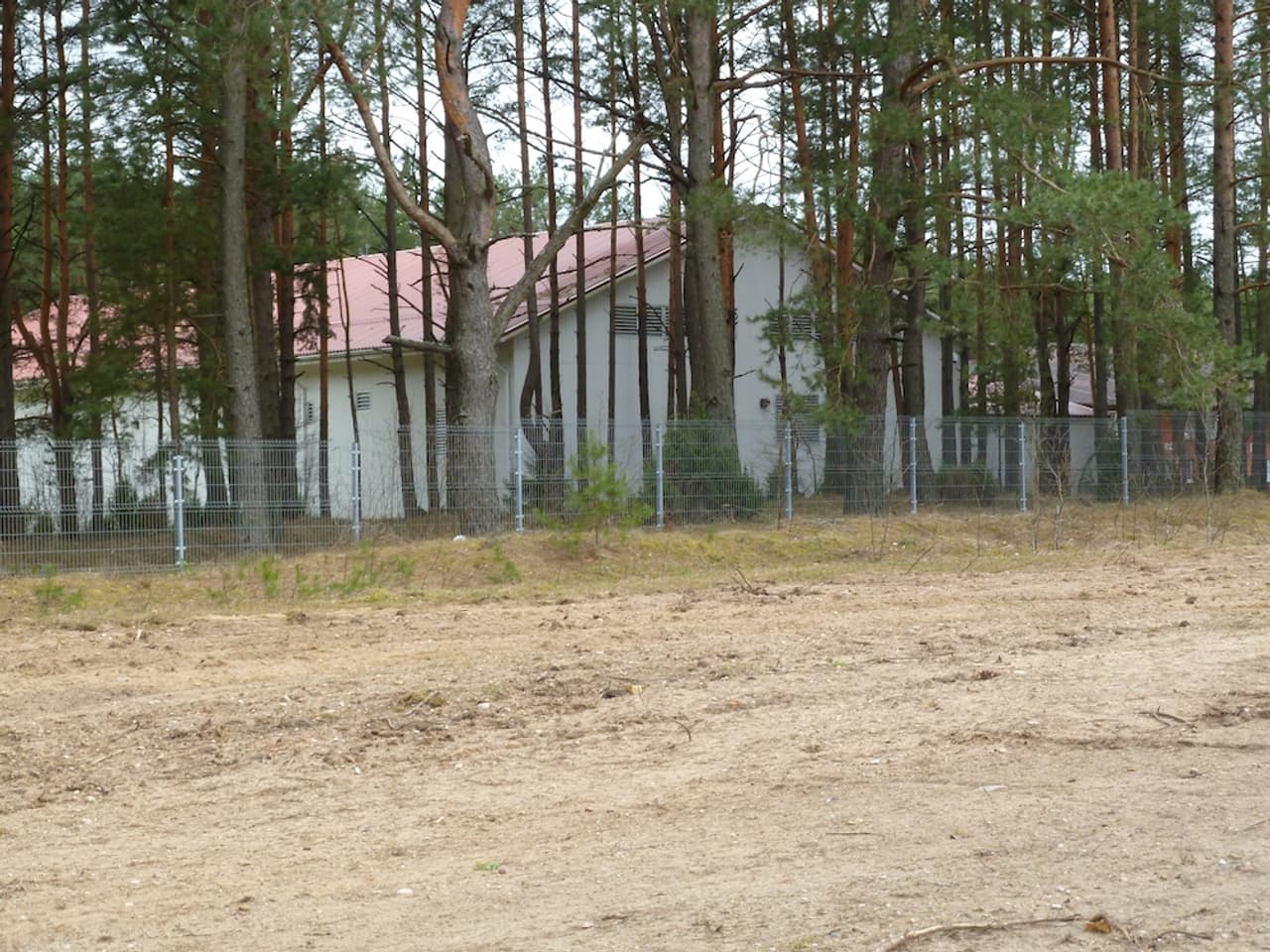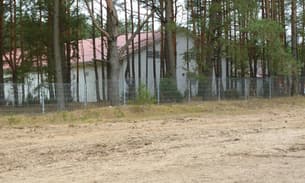
Bureau submits evidence to US supreme court on CIA torture sites
Next week, for the first time, the US supreme court will hear a case about the CIA’s secret detention sites and the first person to be held in them, Abu Zubaydah. The US government plans to argue that the locations of the prisons, in which dozens of people were tortured in the early years of the “war on terror”, are unknown. We’ve submitted evidence, gathered over years of investigative reporting, to the court to say why this is wrong.
As you might have been reminded a few weeks ago, it’s 20 years since 9/11. That means it’s 20 years since the US invasion of Afghanistan, 19 years since the establishment of the Guantánamo Bay prison and 18 years since the invasion of Iraq. And it’s been 15 years since the first revelations that the CIA operated secret detention locations in Europe.
You’d be forgiven for not thinking this newsworthy – and it shouldn’t be. A generation has grown up for whom this is all part of the wallpaper.
It is widely known that in the early 2000s the Polish, Romanian and Lithuanian governments allowed the CIA to build covert sites and hold their off-books prisoners in them, illegally. The European governments assisted the Americans in various ways, providing security and making transport arrangements, and got paid millions of dollars for doing so.
When the scheme came to light, they predictably got very upset. But that was a long time ago.
Since then, there have been successful court cases against all three governments at the European court of human rights.
In Lithuania, a prosecutor’s inquiry released documentation of the various ways its intelligence service assisted the CIA, including hauling large wooden boxes to and from the airstrip.
In Poland, the president at the time compared his country to a hotel chain: “The decision to cooperate with the CIA carried a risk, that Americans would use unacceptable methods. But if a CIA agent brutally treated a prisoner in a Marriott hotel in Warsaw, would you charge the directors of that hotel for the actions of that agent?”
But there’s one institution that seems baffled that anyone knows these countries hosted American prisons: the US government.
Despite the existence of these sites in Poland, Romania and Lithuania being common knowledge for more than a decade, the US government has gone to the supreme court this year with a strange request. Grave national security harms will follow, the government says, if public speculation about where CIA black sites were located is confirmed. And it goes on to argue that this “speculation” is based on “information conveyed or developed by (often unidentified) sources that may or may not be correct”.
Last month the Bureau, with our partners at The Rendition Project and represented by the MacArthur Justice Center in Chicago, filed a brief with the court explaining why the government’s claim is wrong.
The history of the CIA’s black sites isn’t based on speculation from unidentified sources. Investigators got the receipts, as they say. And not just the receipts: we got the contracts, the invoices, the emails, the flight paths, the hotel records and the lunch menus (“colossal shrimp cocktail, whole fresh fruit basket, assorted cookies and brownies” as a flight crew got ready to ship a man from Romania to Jordan).
The surprising thing about this international conspiracy is how many traces it left in its wake. In hindsight, maybe it was inevitable. The decision to outsource the operation to multiple commercial corporations and spread it over numerous countries meant one thing: more data.
Holding power to account often takes a long time and is rarely simple. Lawyers, journalists and civil society investigators were inquiring into the detention programme from its earliest days. I started working on it in 2010 when I was an investigator at the NGO Reprieve.
When I moved to the Bureau in 2014, we continued to dig. A major report had just been published by the US Senate’s intelligence committee, looking at the history of the detention programme and whether the torture had resulted in useful intelligence (spoiler: it hadn’t).
Collaborating with The Rendition Project, we found this report offered another treasure trove of data. Over the next years, we excavated its contents, revealing hundreds of locations, dates and other details of the torture programme, which we correlated with 62 different rendition missions.
Our findings, published in 2019 in a 400-page book, were conclusive: the dates on which prisoners entered the prison system matched the dates of flights organised by the CIA’s contractors, and the destinations of these flights matched the prison locations: Poland, Romania and Lithuania as well as Afghanistan and elsewhere.
This isn’t a secret, and it isn’t the product of speculation from anonymous sources. It’s an incontrovertible history, drawn from thousands of pieces of data, all in the public domain.
The real news here isn’t that Poland and other countries hosted torture sites; it’s that the Biden administration is trying to gaslight its top judges, 15 years down the line.
Header image: A warehouse outside Vilnius, built by the CIA to hold prisoners. Credit: Crofton Black



